1. Product introduction of Polyanionic Cellulose
Polyanionic cellulose (PAC), referred to as PAC, is a water-soluble cellulose ether derivative made from chemical modification of natural cellulose. It is an important water-soluble cellulose ether and is white or slightly yellow. Powder, it can be dissolved in water and has good heat resistance and salt resistance. The mud fluid formulated with this product has good water loss reduction, inhibition and high temperature resistance. Used in oil drilling, salt water wells and offshore oil drilling.
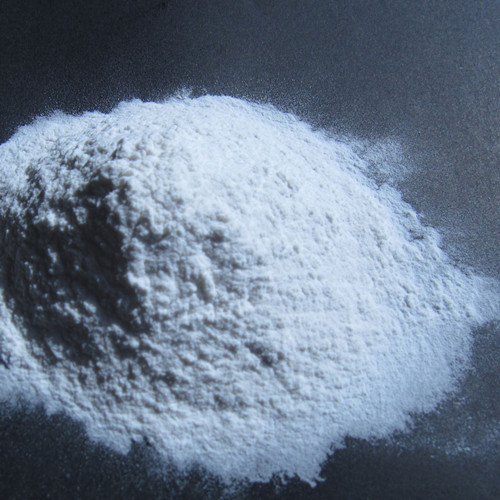
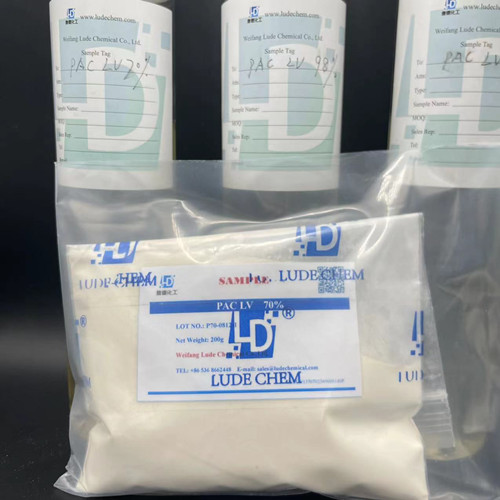
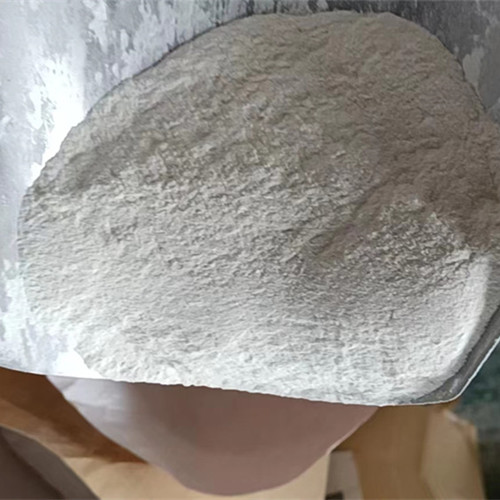
2. Main characteristics of Polyanionic Cellulose
PAC is an ionic cellulose ether with the characteristics of high purity, high degree of substitution, and uniform distribution of substituents. It can be used as thickener, rheology regulator, water loss reducing agent, etc.
The mud fluid prepared by PAC can inhibit the dispersion and expansion of clay and shale in high-salt media, thereby reducing wellbore pollution; it is an excellent mud drilling fluid and workover fluid, and is also an efficient fracturing fluid.
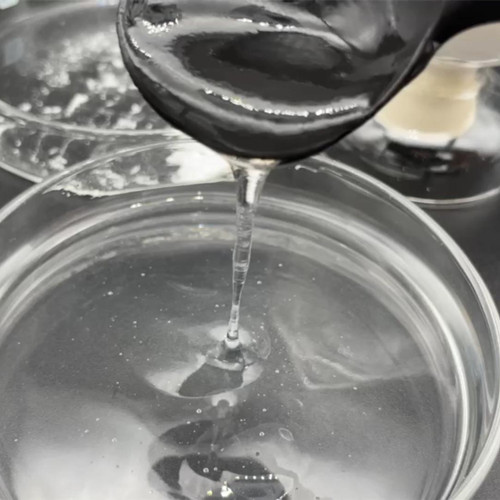
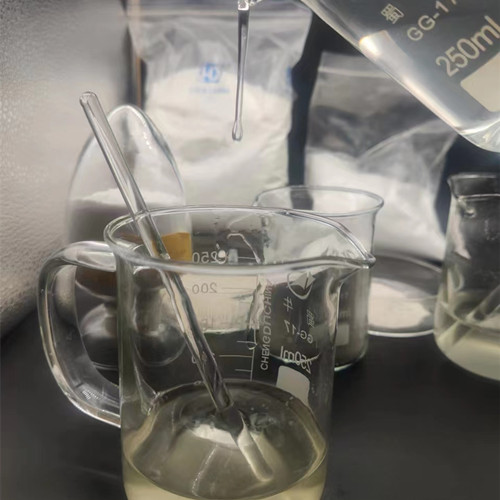

3. Application differences between high viscosity polyanionic cellulose (PAC HV) and low viscosity polyanionic cellulose (PAC LV)
Low viscosity polyanionic cellulose (PAC LV) can reduce filter loss without significantly increasing system mucus for high solid content systems.
High viscosity polyanionic cellulose (PAC HV) has high pulping capacity and obvious effect on reducing filtration and water loss. Suitable for low-solid phase mud and solid-free salt cement slurry.
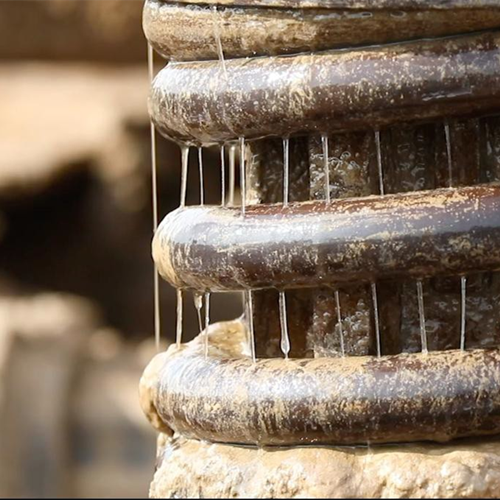
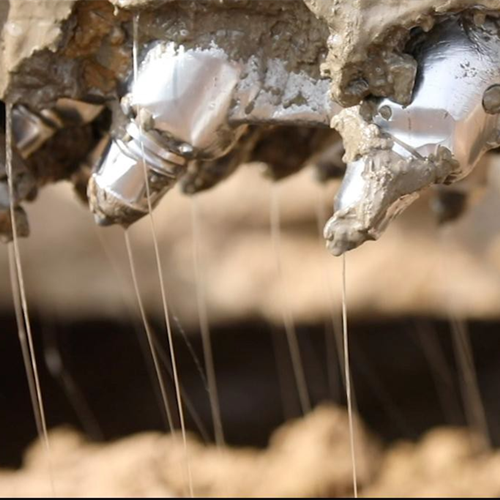
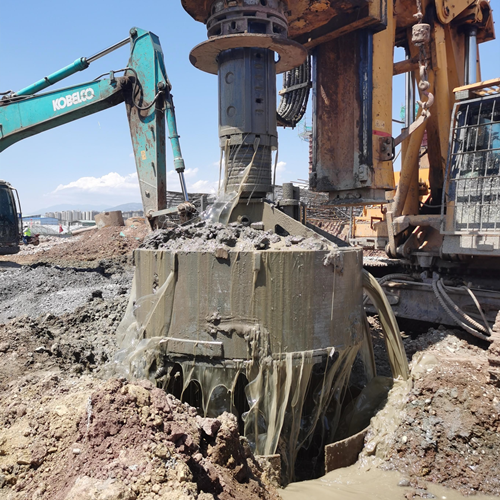
4. Application of polyanionic cellulose
Application of PAC in drilling fluids
PAC is ideal for use as inhibitors and water loss reducing agents. The mud fluid formulated with PAC can inhibit the dispersion and expansion of clay and shale in high-salt media, thereby avoiding wellbore contamination.
Application of PAC in workover fluids
The workover fluid prepared with PAC has low solid phase, which will not block the permeability of the production layer due to solids and will not damage the production layer; it also has low water loss, which reduces the amount of water entering the production layer, and the water entering the production layer Water ballast will occur due to emulsion blockage. Workover fluids formulated with PAC provide advantages that other workover fluids do not have. Protects the production layer from damage; has the ability to carry clean wellbore and reduce the workload of maintaining the wellbore; has the ability to resist water and sediment infiltration, and rarely foams; can be stored or transferred between wells , lower cost than ordinary mud workover fluid.
Application of PAC in fracturing fluids
The fracturing fluid prepared with PAC can withstand 2% KCI solution (added when preparing the fracturing fluid) and has good solubility. It is easy to use and can be prepared on site. It has a fast gel-forming speed and strong sand-carrying ability. Used in formations with low permeability pressure, the fracturing effect is good.